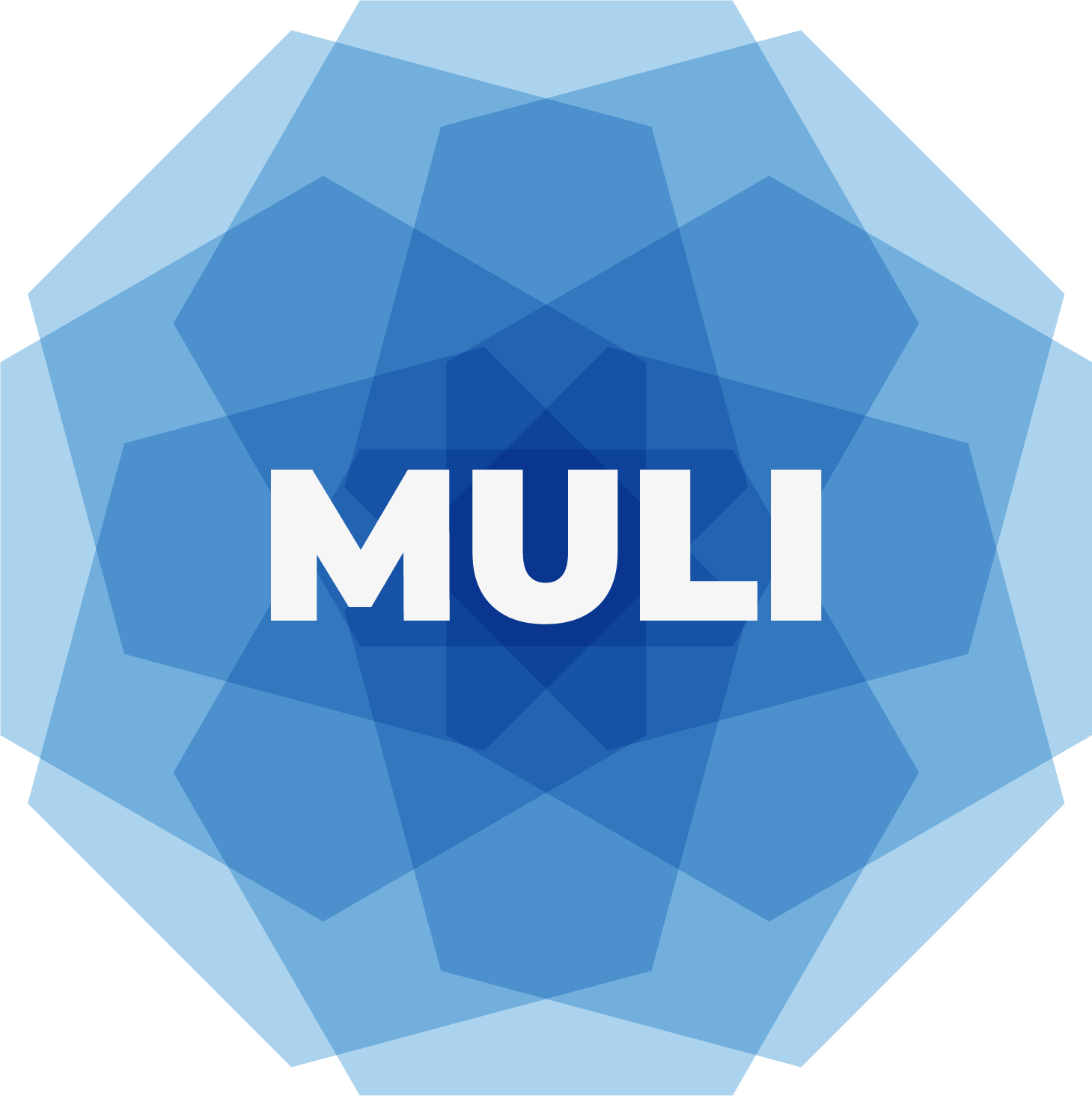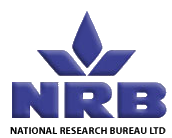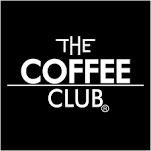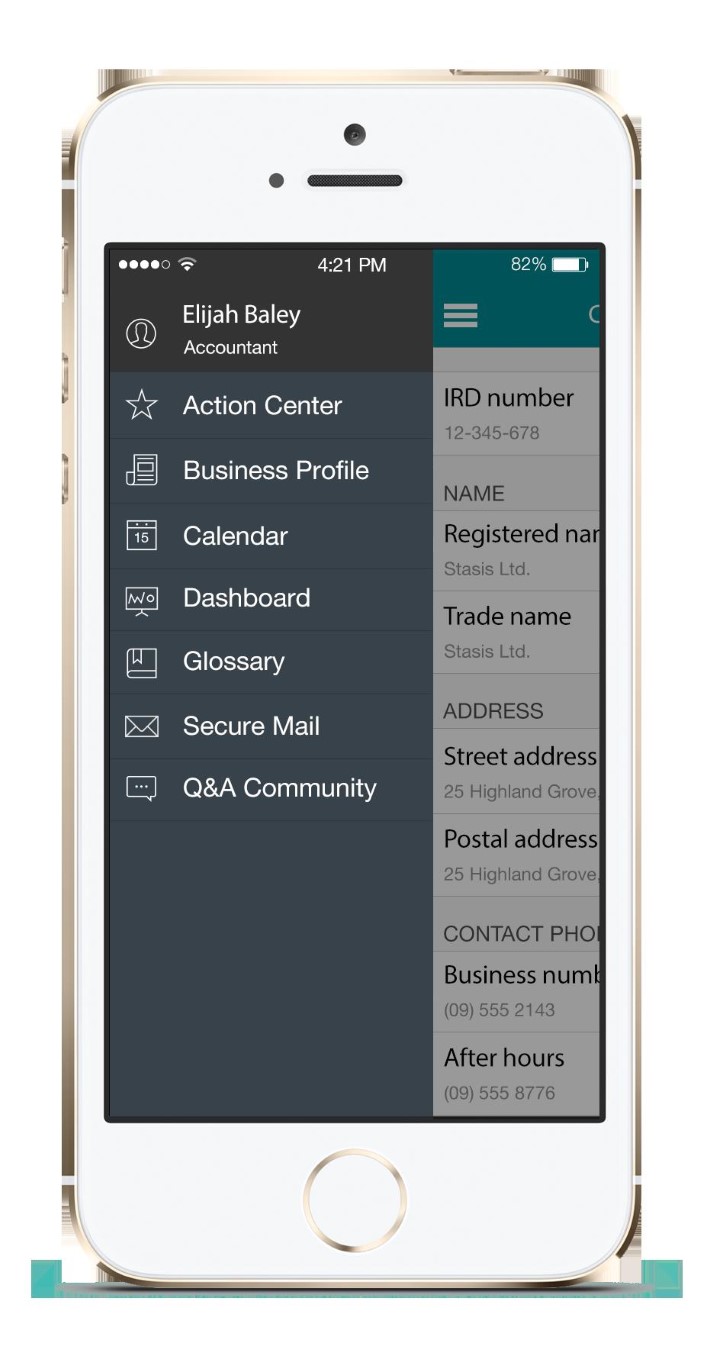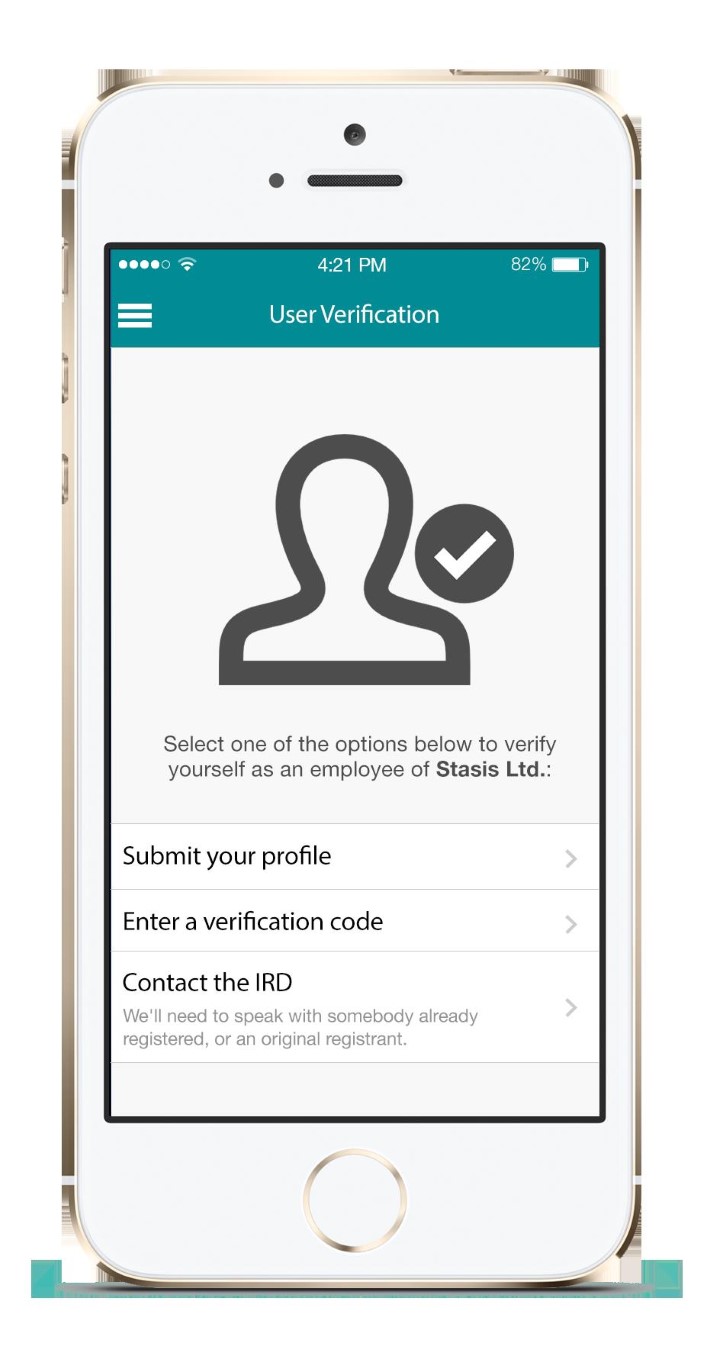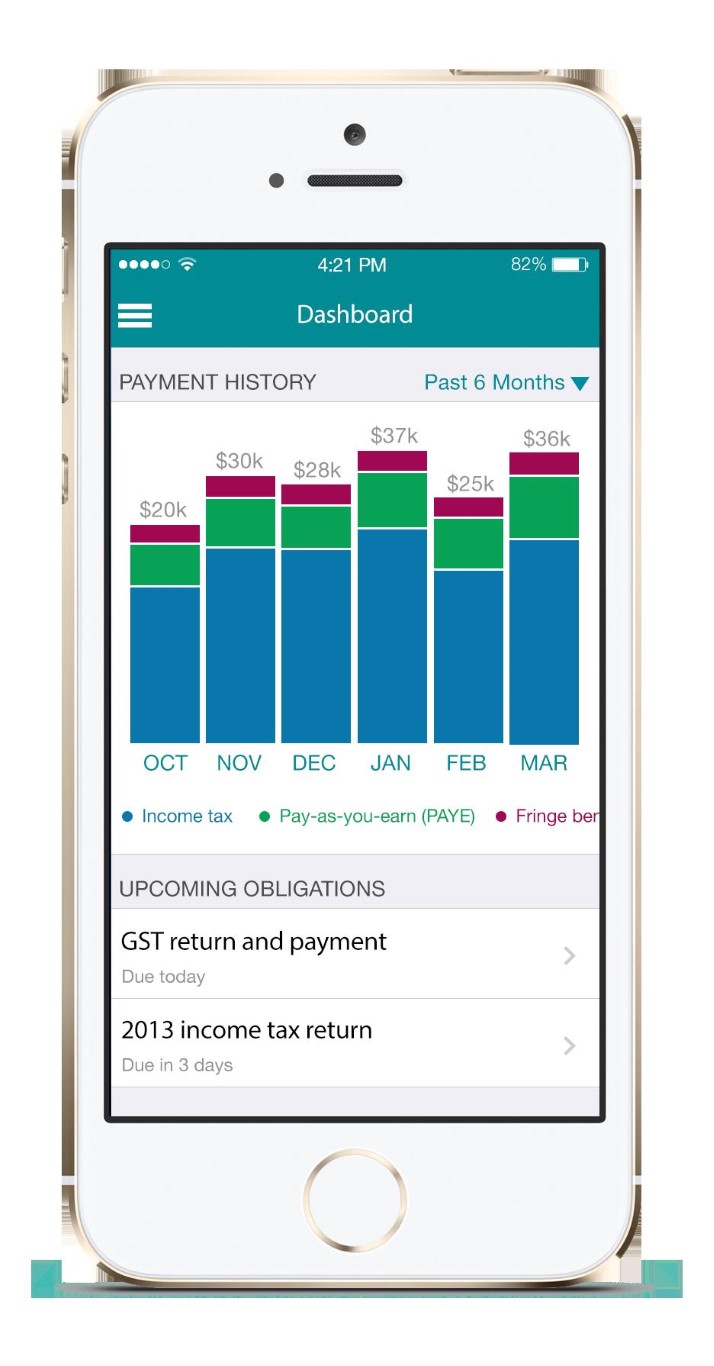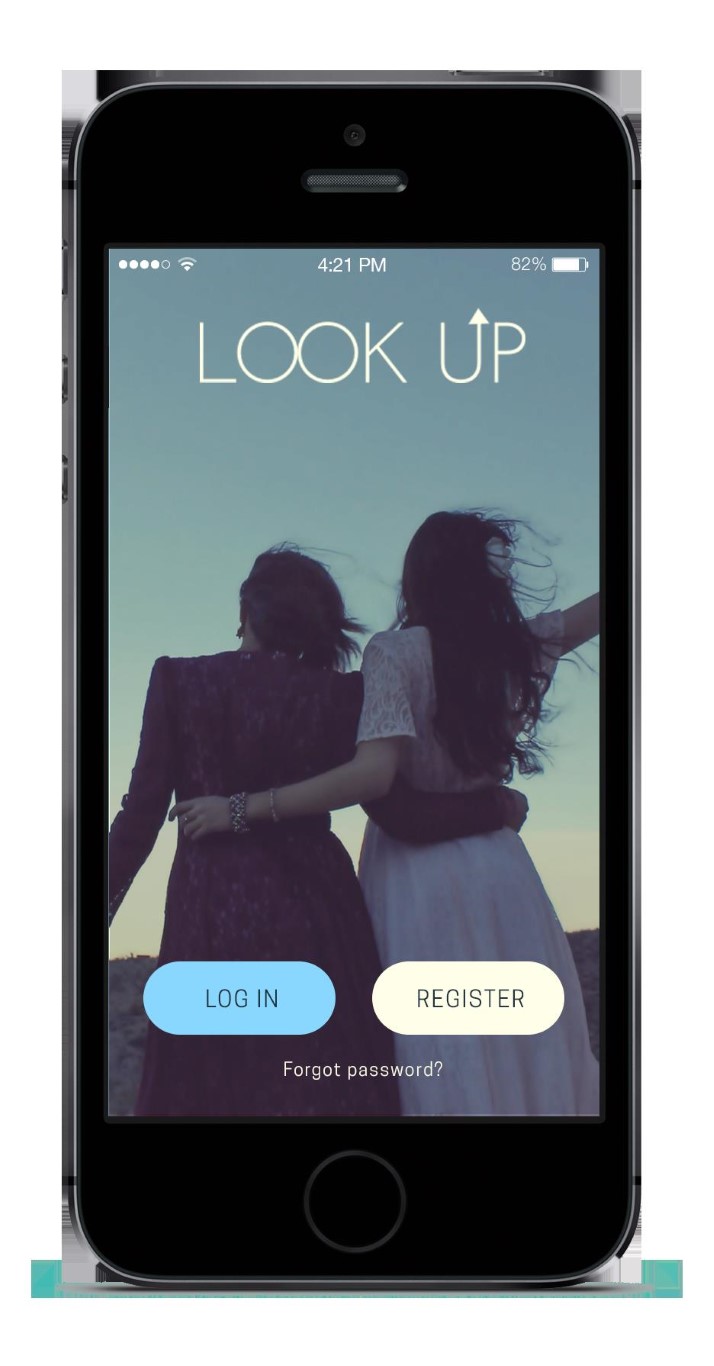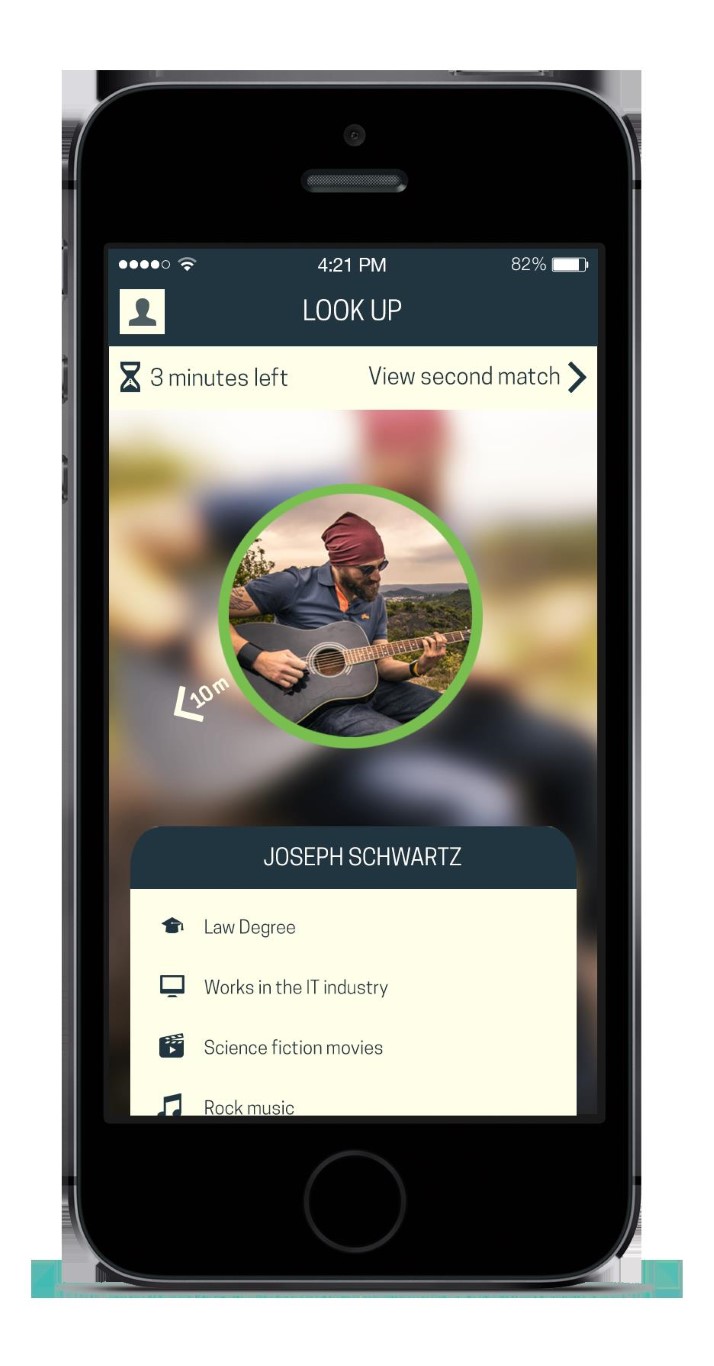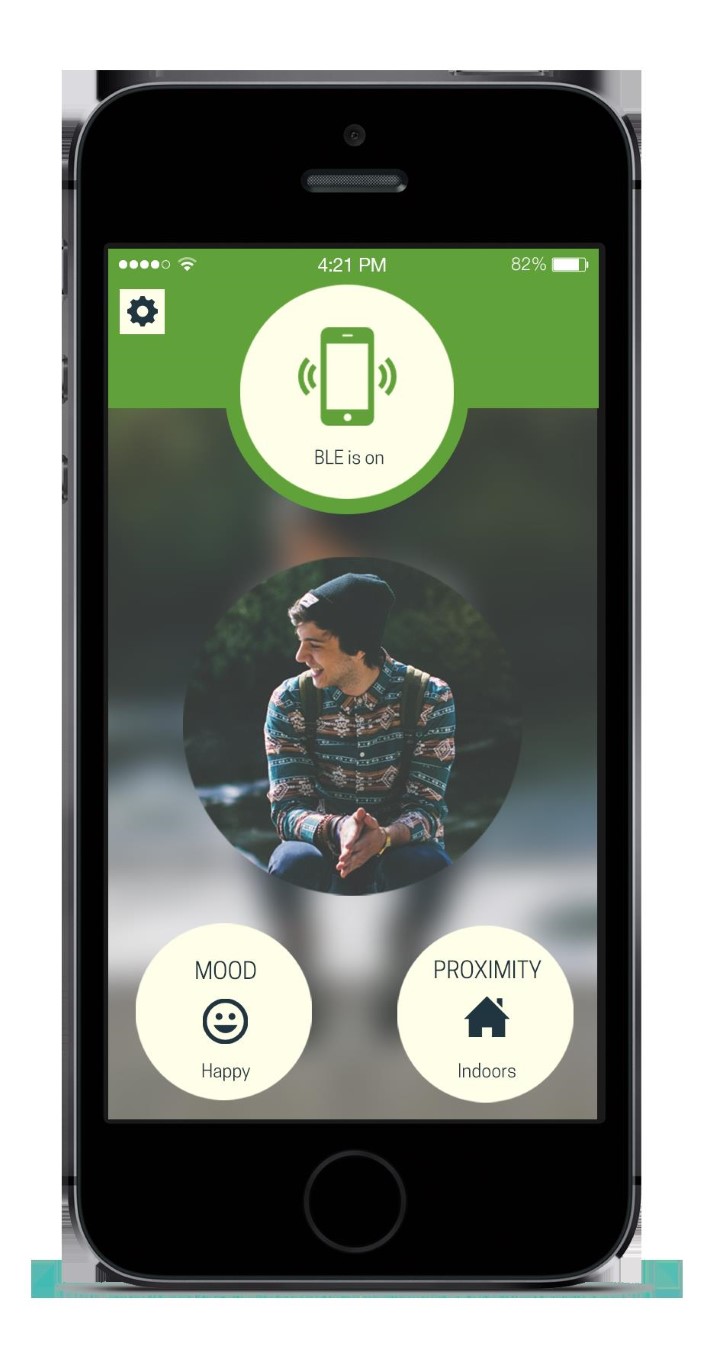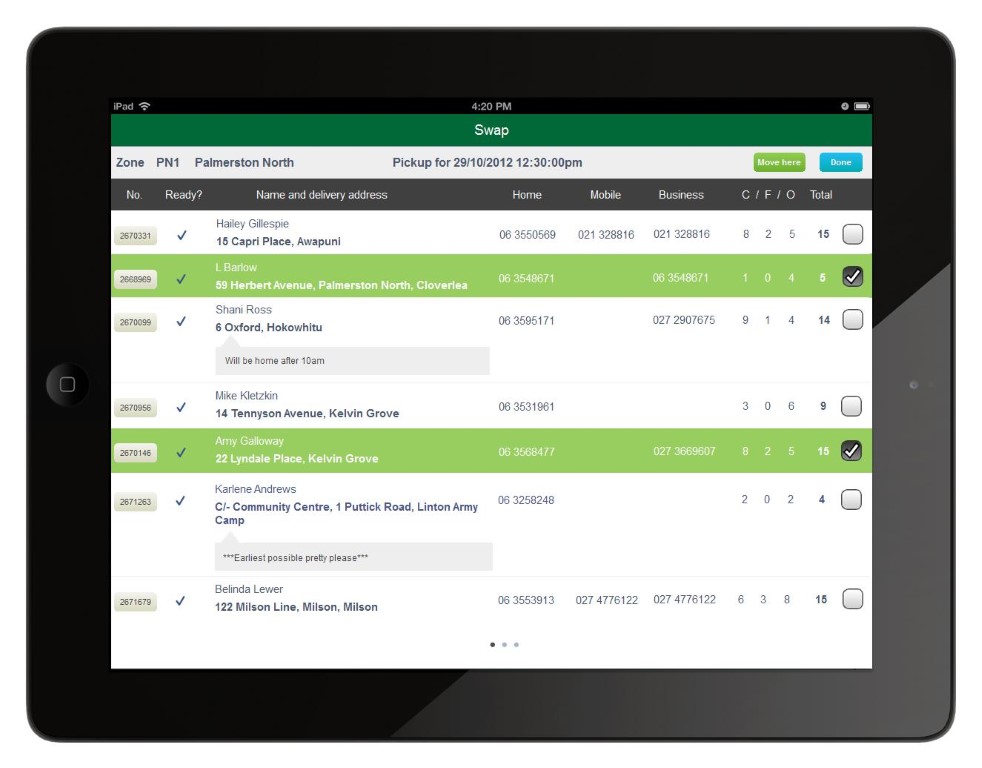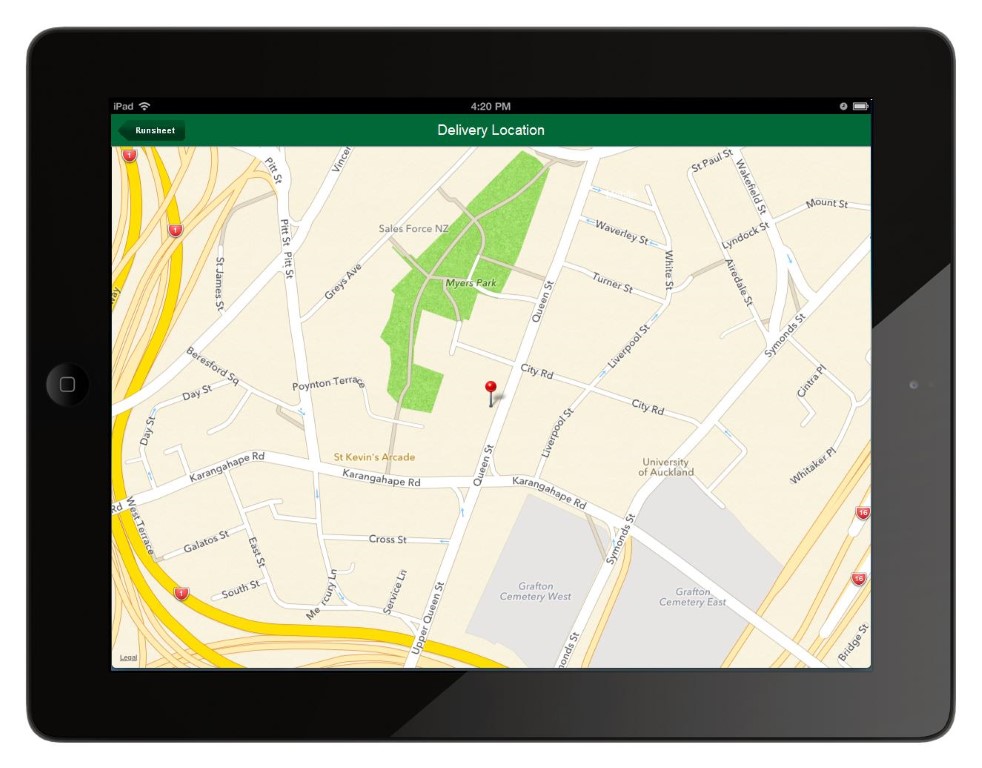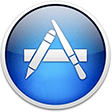Remote work is more than a trend; it's a reality that has reshaped the way businesses operate. At MULI, we've been part of this transformation for 7 years. We've faced challenges in focus, synchronisation, and visualisation, but we've also developed systems and processes that have enabled us to thrive.
Initially, maintaining focus was a challenge. The home environment, filled with distractions, made it difficult to concentrate. Experts like Cal Newport recommend setting aside dedicated time for focused work. While we don't mandate "Deep Work Hours," we have found our own methods to encourage focus and productivity. I have personally learned to enjoy getting up early and getting the most important work of the day done before the day’s calls, meetings and emails direct my attention elsewhere.
Coordinating tasks and projects was another hurdle. Jason Fried and David Heinemeier Hansson, founders of Basecamp, advocate for asynchronous communication. Inspired by this, we adopted tools that facilitate effective communication without requiring immediate responses, including Jira for task and project management, internal chat for quick-fire informal communication, plus audio/video calls with screen sharing when team members need to sync up on some specific detail.
Visualising complex projects was a challenge in a remote setting. Scott Berkun recommends using digital tools to replicate the visualisation process. We integrated digital kanban boards into our workflow - built into Jira, which has been a game-changer. We also use Figma, the design tool, to visualise UI and UX elements so that the team knows exactly what they are working on.
To adapt to remote work, we invested in upskilling our team and instilled a culture of continuous process improvement. Our Design Sprints service, broken down into six phases, has been particularly effective for remote work, providing a structured yet flexible framework.
Daily stand-ups and the Agile process have been invaluable in keeping the team synced. These elements provide a structured yet flexible framework that accommodates the dynamic nature of remote work.
One significant benefit of remote work is the elimination of commuting. This not only saves time but also contributes to a better work-life balance. Some of our team members have young children, and for them remote work offers the flexibility to manage family responsibilities without compromising on work quality.
Partly remote work offers some flexibility, but fully remote work takes it a step further by allowing employees to live wherever they choose. This level of freedom can be a significant morale booster.
Being well-rested contributes to creativity, well-being, team dynamics, and client results. A healthy work-life balance isn't just an employee perk; it's a business asset.
Many of us have experienced the awkwardness of forced social interactions in a traditional office setting. Whether it's the obligatory small talk with the boss at the coffee machine or team-building exercises that feel more like a chore than a benefit, these interactions can be draining. In a remote setting, social interactions are more intentional and less frequent, which many find to be a relief.
We also encourage our team to come together and share ideas in regular knowledge transfer sessions. These sessions serve as a platform for team members to share insights, learn from each other, and stay updated on industry trends. Additionally, we've focused on building a fun team environment that feels like 'we're in it together.' This sense of camaraderie has been crucial in maintaining team morale and productivity.
In conclusion, remote work offers numerous advantages. Through daily stand-ups, the Agile process, and a focus on continuous improvement, we've found a work model that suits our needs. By continually refining our processes and learning from experts, we aim to make remote work not just viable but optimal.
